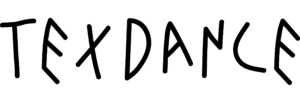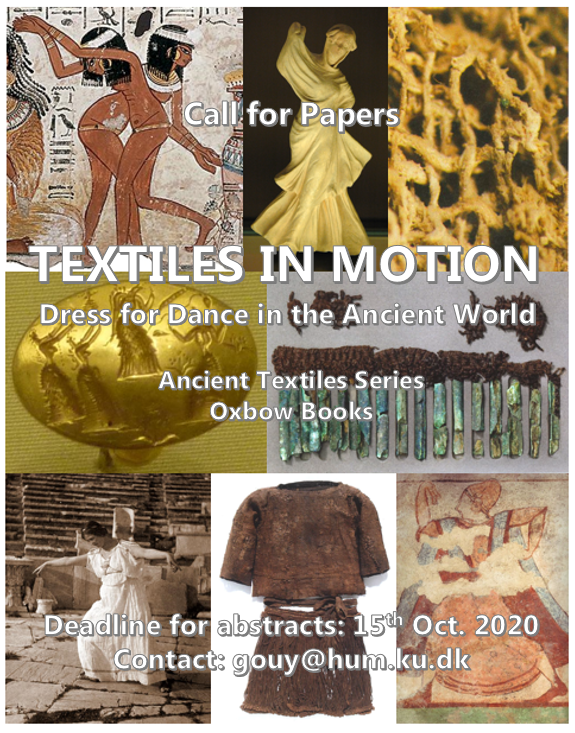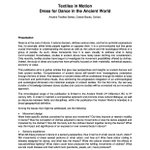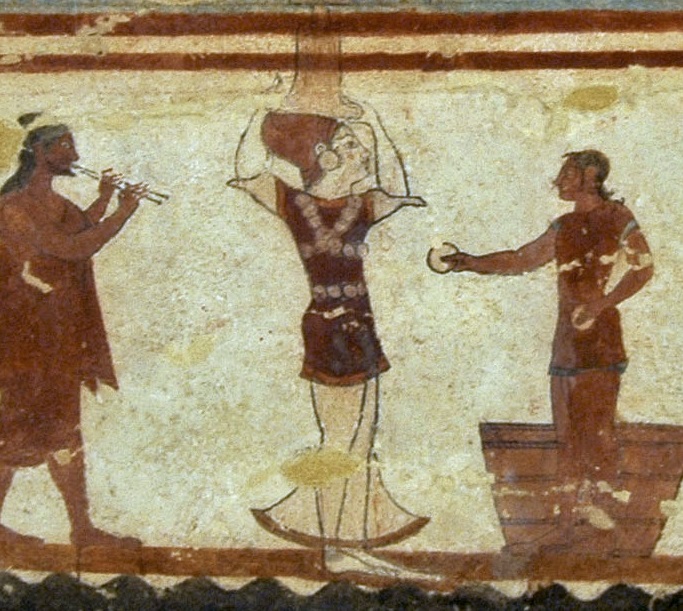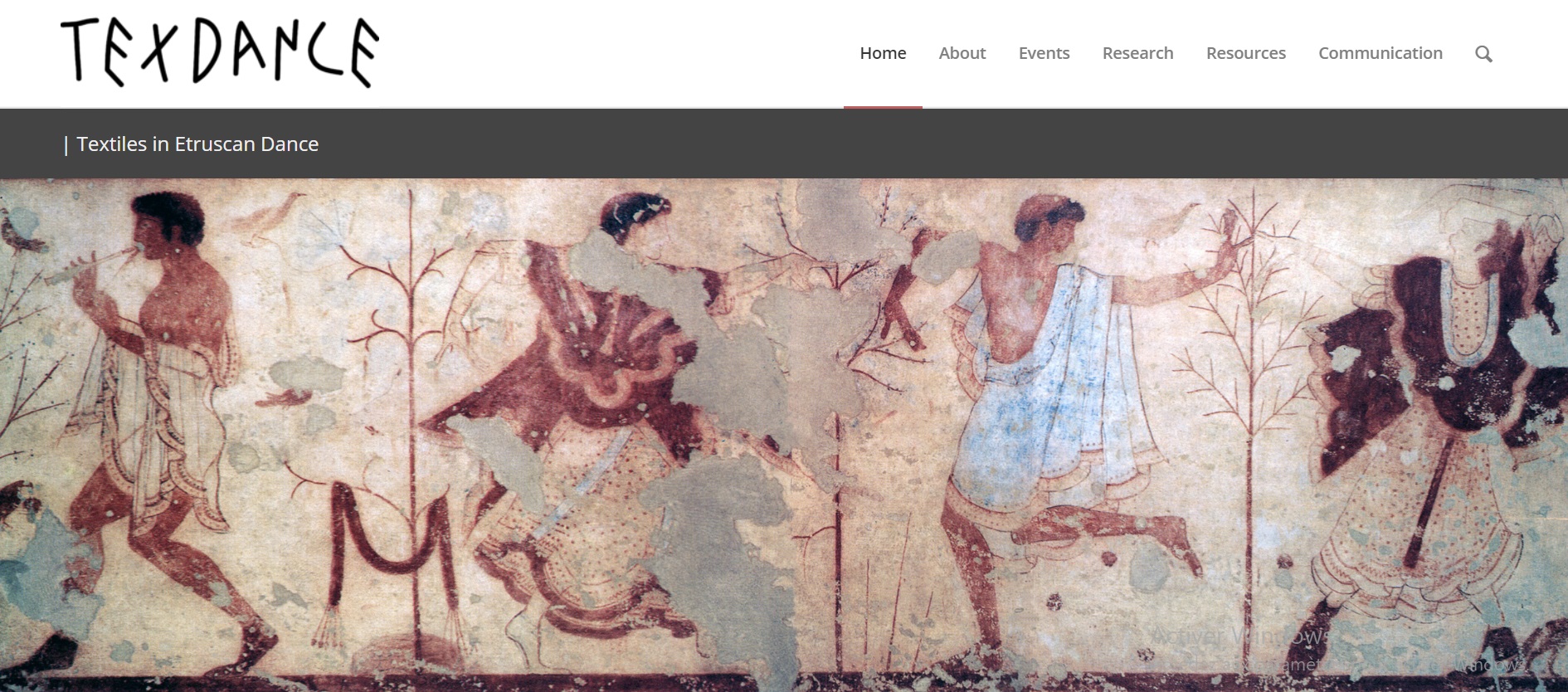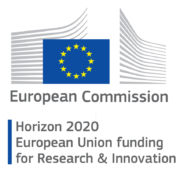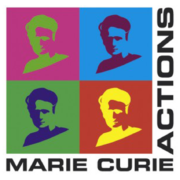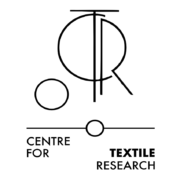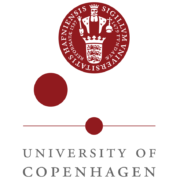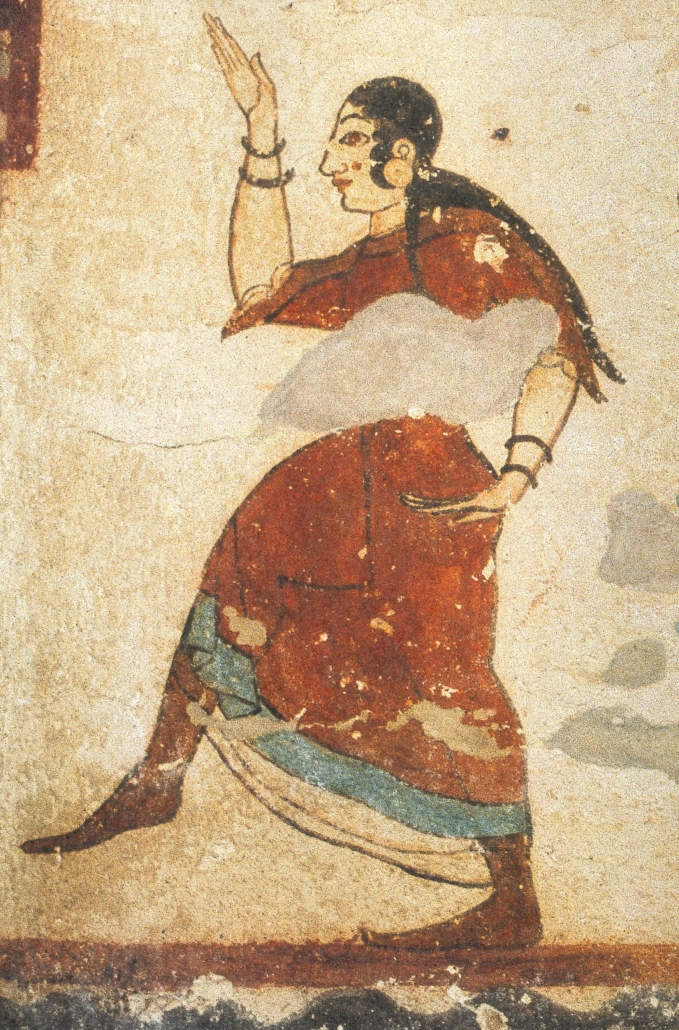
Necropolis of Tarquinia, Tomb of the Jugglers, detail right wall
Project summary
The aim of TEXDANCE is to explore Etruscan dance through textiles from 8th to 5th centuries BC. It will use the visual sources to analyse Etruscan society and its élite’s ritual practices in a multidisciplinary approach. This study will make us understand the movements of dance, their ritual functions, their diversity, their performativity and the social relations which intertwine.
TEXDANCE has seven objectives:
- The types of dress and textiles used in dance
- Dress motion
- The acoustics of textiles
- Etruscan fashion and dress identity
- Etruscan community organisation
- Ritual textiles making
- The visuality of textiles
The project combines three types of sources: primarily the iconographic representations as they constitute the most important documentation for Etruria, literary sources and archaeological evidence.
The comparative and interdisciplinary approach includes the history of dance, rituals and religion, performance studies, ethnoarchaeology, archaeoacoustics, sensory studies, motor praxeology, and visual studies. The application of new digital technologies is a crucial aspect with the opportunity to 3D model how cloths move in dance. Digital humanities will also play a fundamental role in the presentation and diffusion of the results that will be made fully accessible to the scientific community and the general public.
